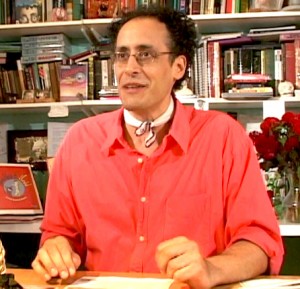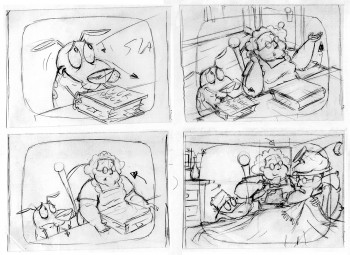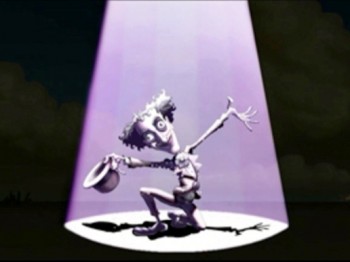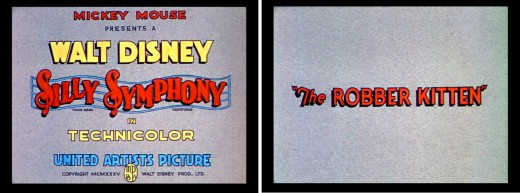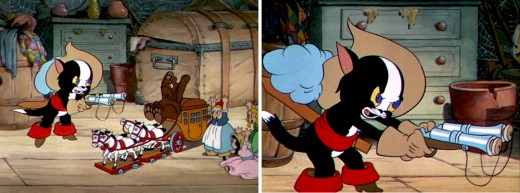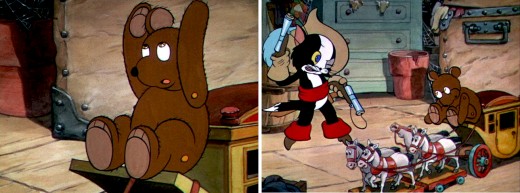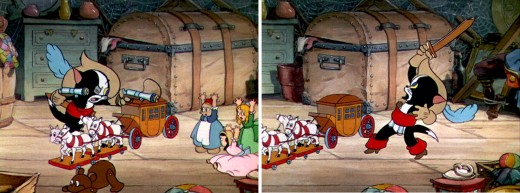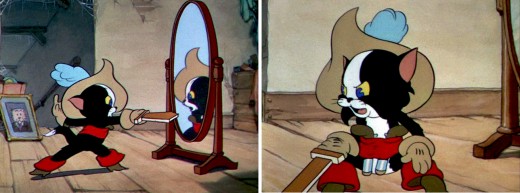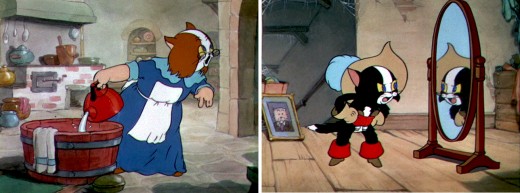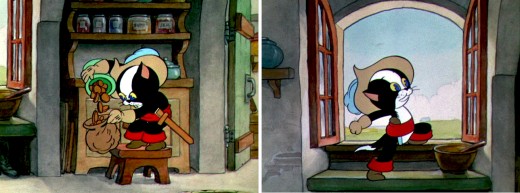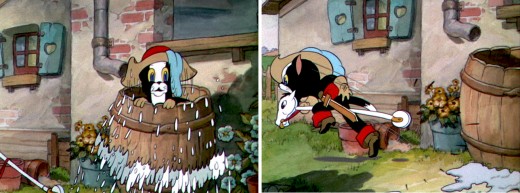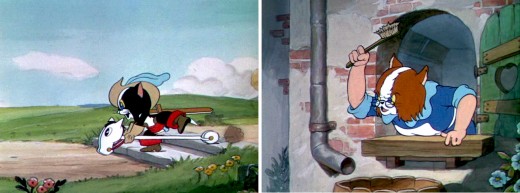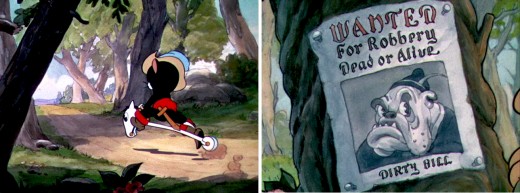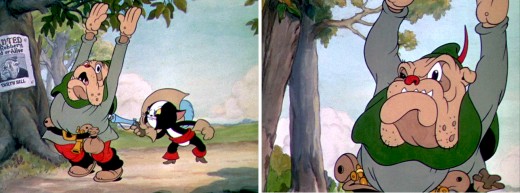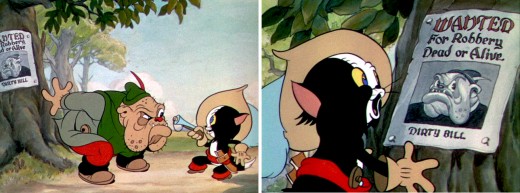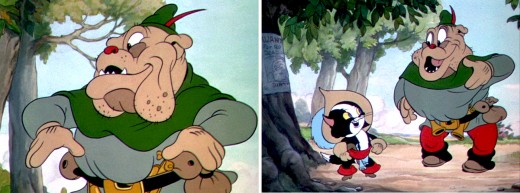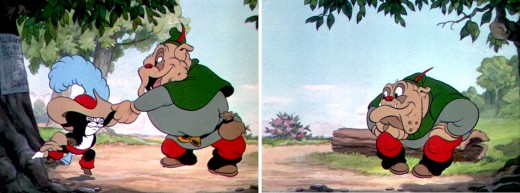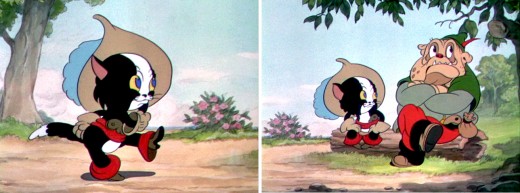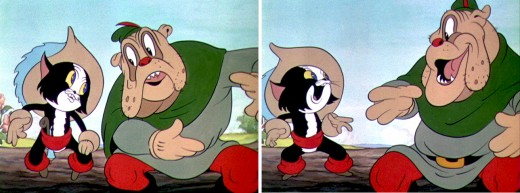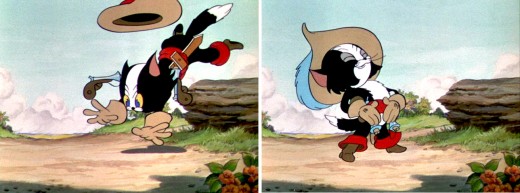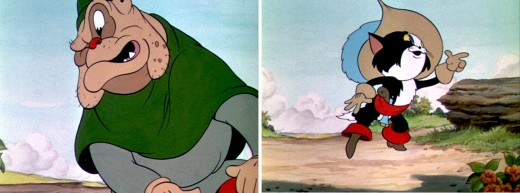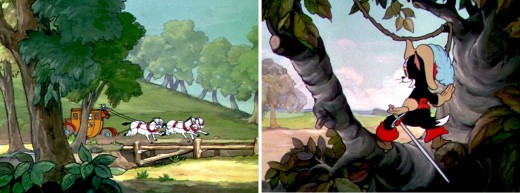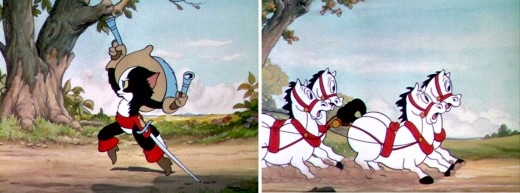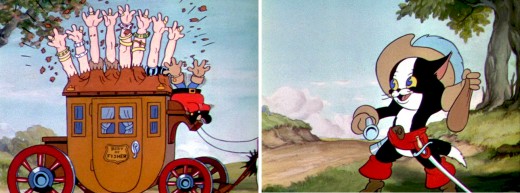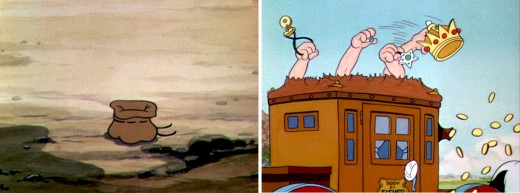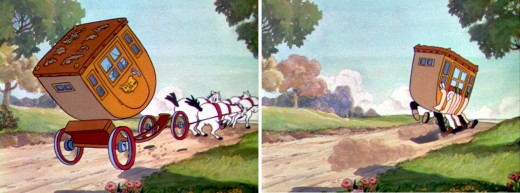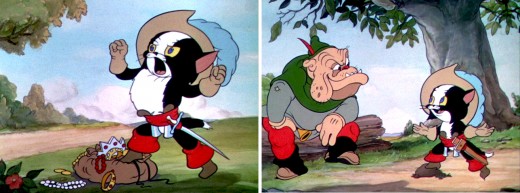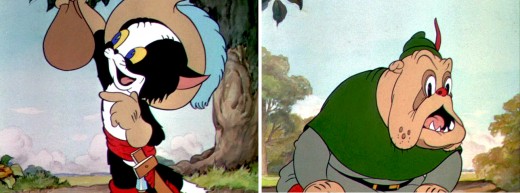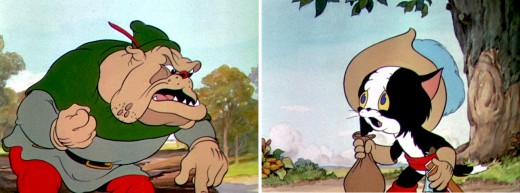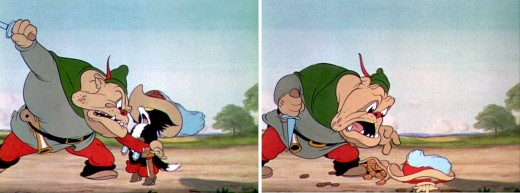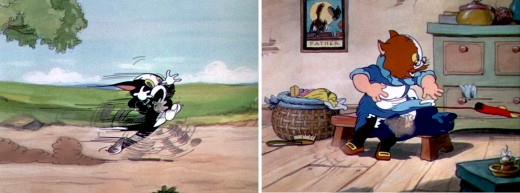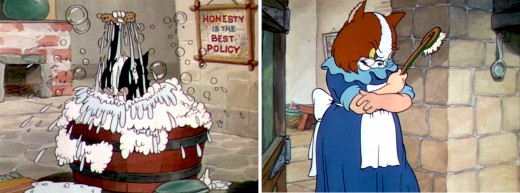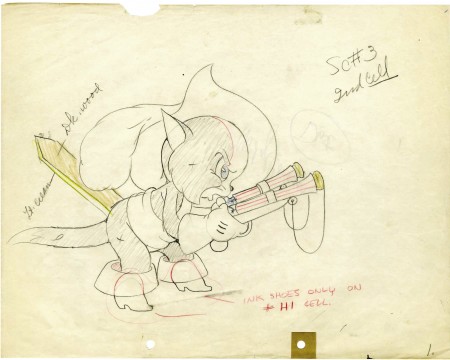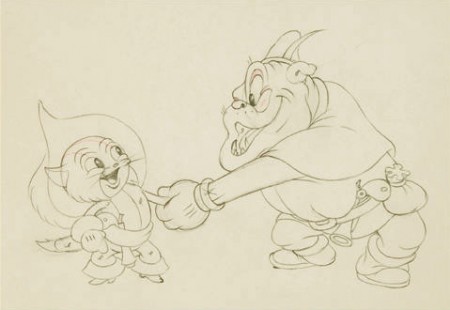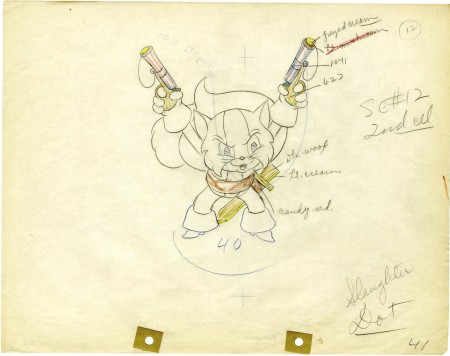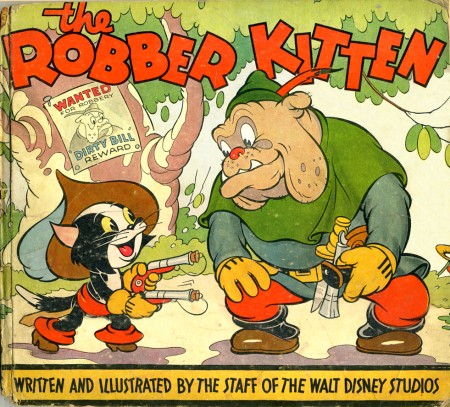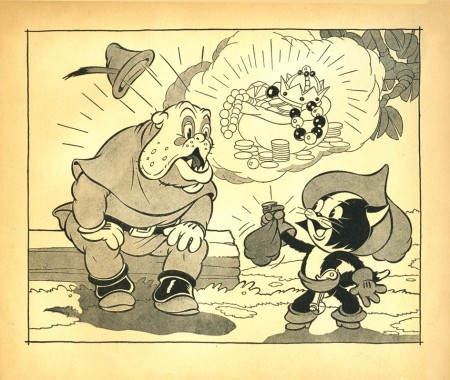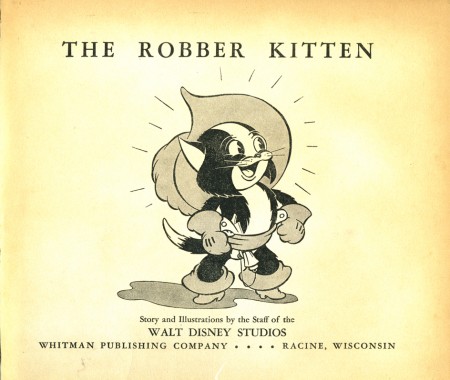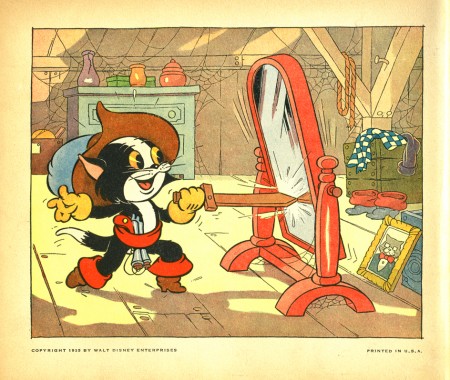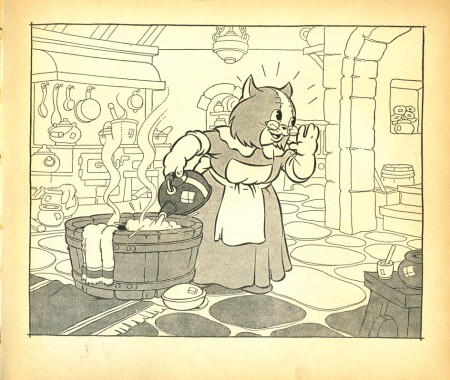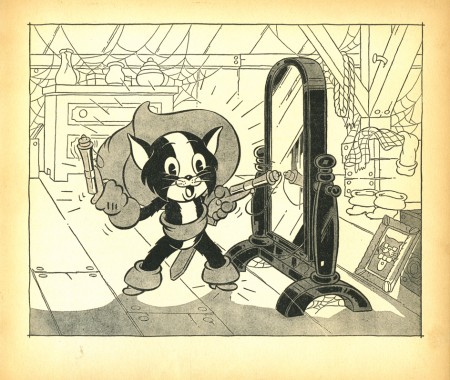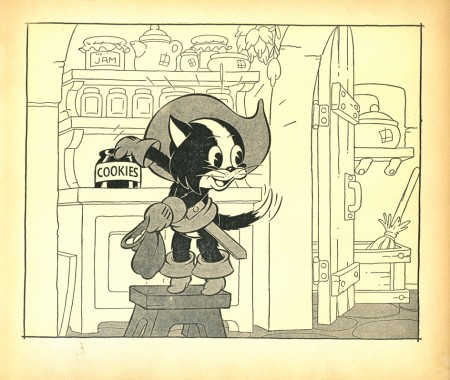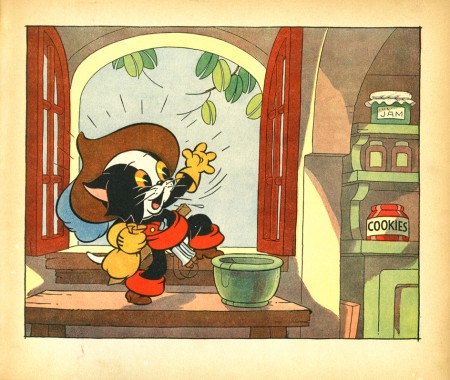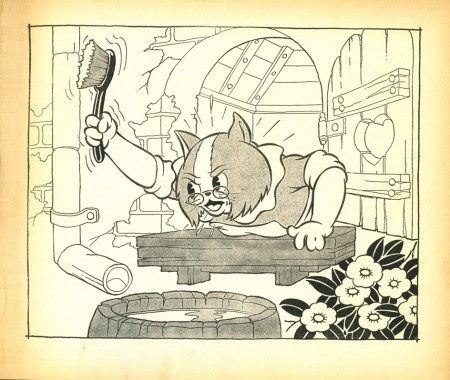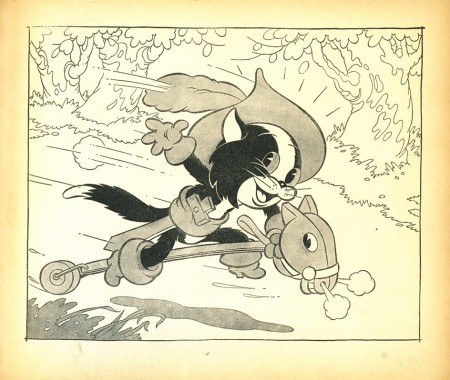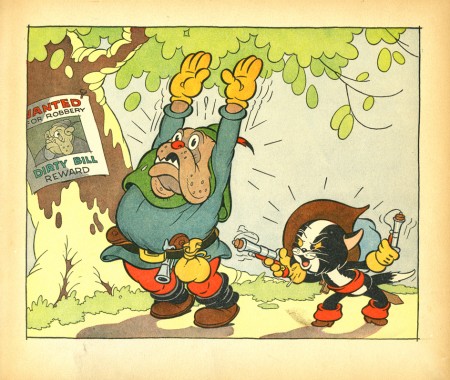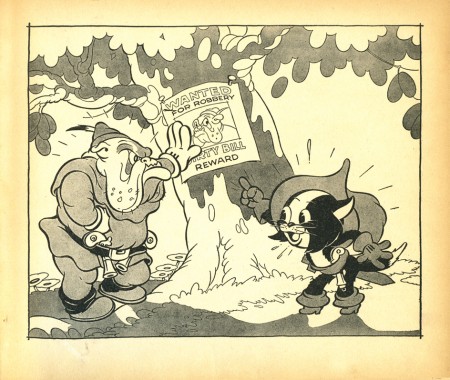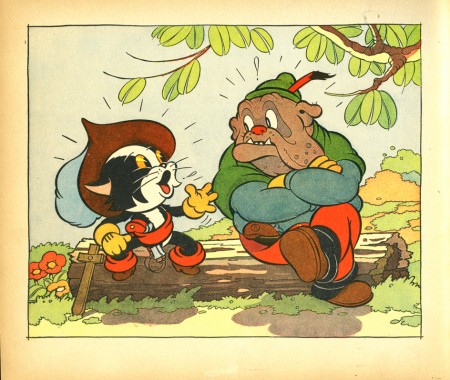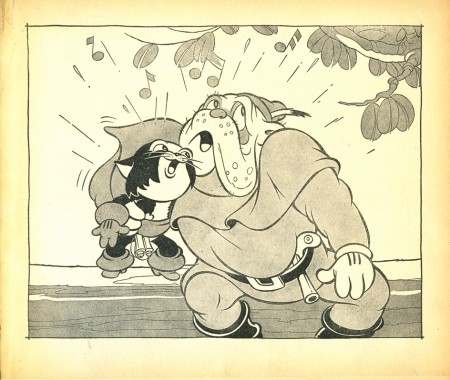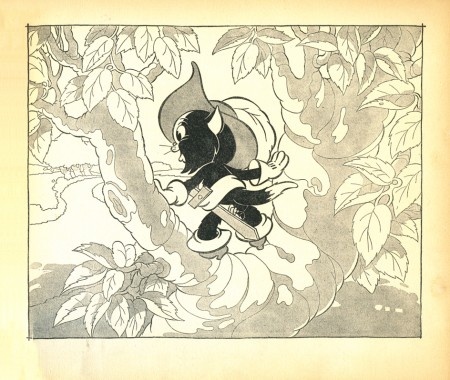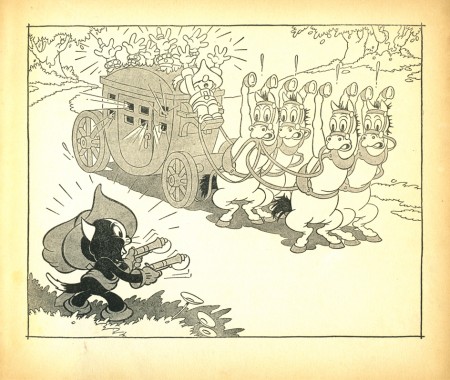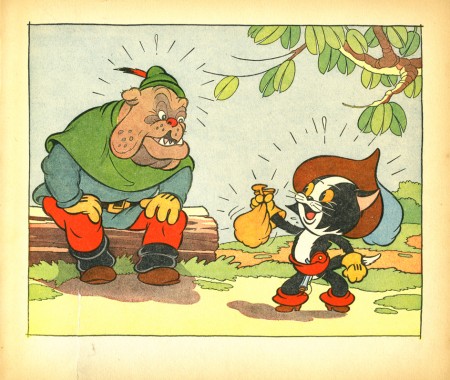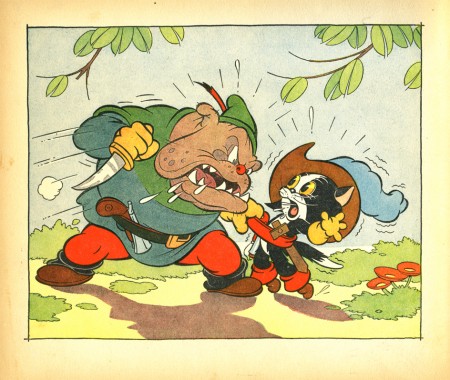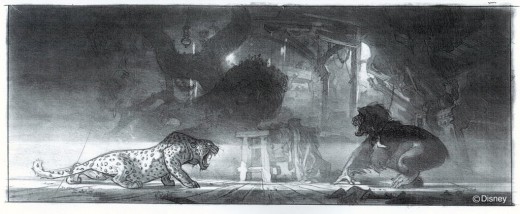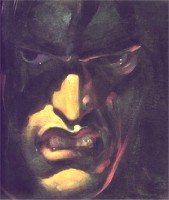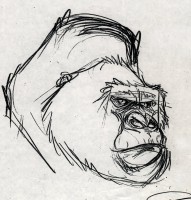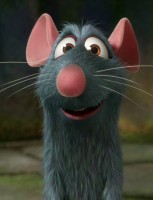Animation Artifacts &Comic Art &Commentary 16 Aug 2008 07:58 am
Odds and More Ends
Today’s NY Times features a Blog/Article that analyzes all of the Star Wars movies. The author, Chris Suellentrop, says the new video game is “small consolation for the realization that the franchise that dominated their lives for 30 years has ceased to matter.”
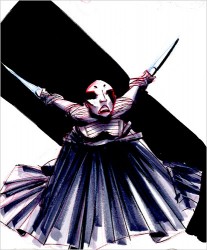 Lucas’ Cloned Wars received one star
Lucas’ Cloned Wars received one star ![]() from all of the NY papers, including the NY Daily News. JOE NEUMAIER says of the film, it’s “chock-full of video game-style action scenes and drawn to resemble the puppets in the 1960s British TV show “Thunderbirds,” is just as wooden as the last few live-action movies…”
from all of the NY papers, including the NY Daily News. JOE NEUMAIER says of the film, it’s “chock-full of video game-style action scenes and drawn to resemble the puppets in the 1960s British TV show “Thunderbirds,” is just as wooden as the last few live-action movies…”
NATHAN LEE in the NY Times says: “it isn’t the most painful movie of the year!”
The NY Times also has a slide show feature of “concept art” from the film (five images.) That’s where I pulled the image to the left.
Newsday‘s RAFER GUZMÃN (AP) says: “the film feels like an unauthorized knock-off, one of those “tribute” shorts that pop up on fan Web sites.”
Apparently this is the pilot for a new series coming to Cartoon Network. It’s obviously part of their push to get more 14 year old boys to watch. I guess it’s a positive that it’s not a live action series for CN. I wonder how long it will be before Lukas clones “Indiana Jones”?
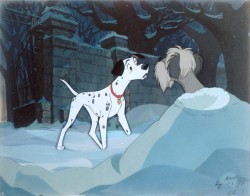 – Mark Mayerson, as you probably know, still continues to post his wonderful Mosaics on 101 Dalmatians and gives the excellent commentary with it. I write this only to remind you to keep up. Mark’s work is an enormous resource that can be too easily taken for granted. I wish he were able to print these up in book form. Perhaps, some day Disney books will realize there’s an excellent publication for grab here. “?
– Mark Mayerson, as you probably know, still continues to post his wonderful Mosaics on 101 Dalmatians and gives the excellent commentary with it. I write this only to remind you to keep up. Mark’s work is an enormous resource that can be too easily taken for granted. I wish he were able to print these up in book form. Perhaps, some day Disney books will realize there’s an excellent publication for grab here. “?
- Robert Cowan‘s art collection includes a cel set-up (above left) that seems to jump right off Mark’s mosaic. How interesting that Mark chose that particular set-up. How great the Cowan collection is; take a look at the site if you’re not familiar with it or if you haven’t been there in a while. You should also look at his Comic Art collection. There, you’ll find everything from Burne Hogarth to George MacManus to Winsor McCay.
- On the Animation Archive site, I found these Bg. plans for 101 Dalmatians. It really defines the layout of the house. In case you don’t know this site, they have dozens of model sheets for viewing. Some are brilliant, some are bad copies, all are worth checking out.
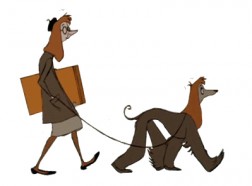
- I received an interesting art link yesterday which displays accredited art colleges to create a comprehensive directory for potential students to browse. Since I’m sure a lot of students check out this blog, I thought it might be a useful link for some readers out there. It’s called FindYourArtSchool.com.
For those considering an education in fields relevant to animation, this may be helpful.
.

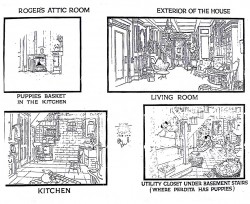
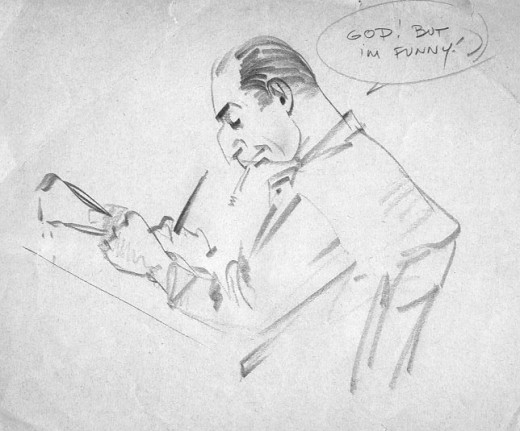

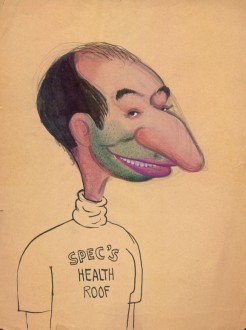
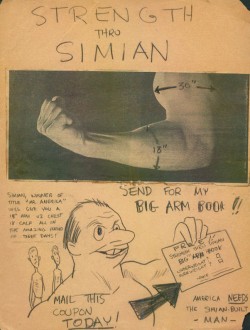
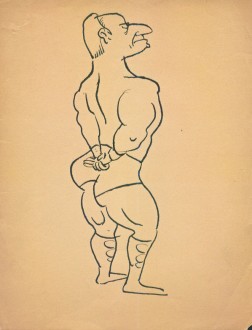
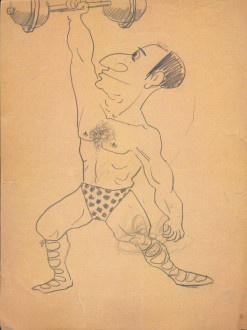
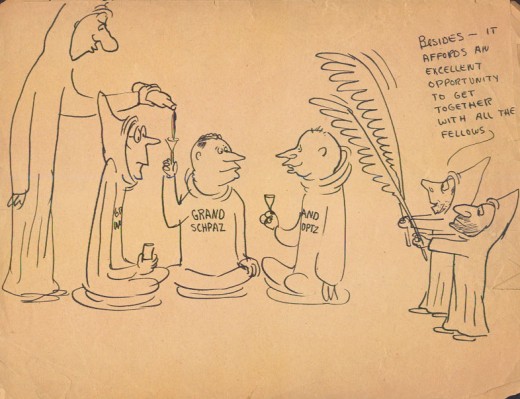
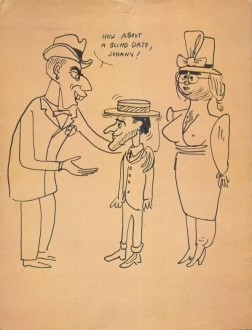
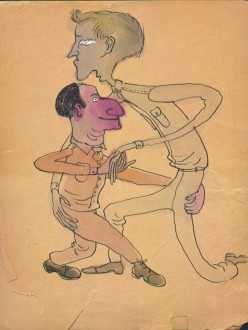

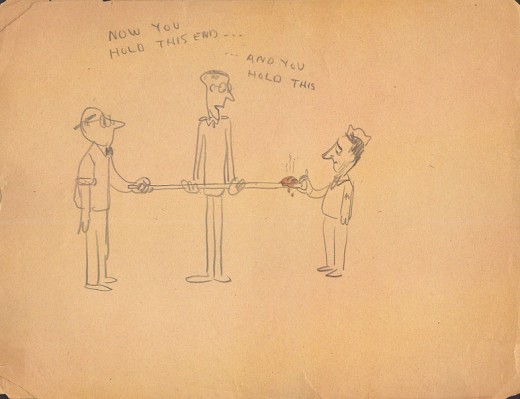
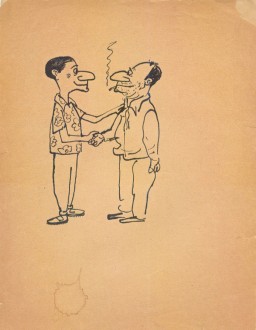
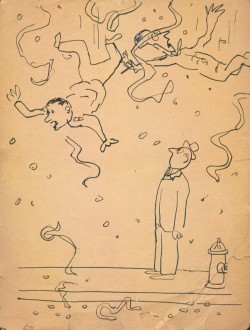
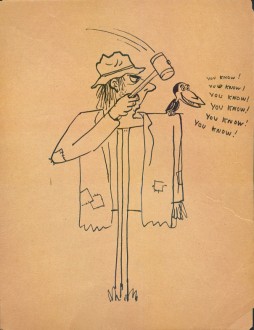
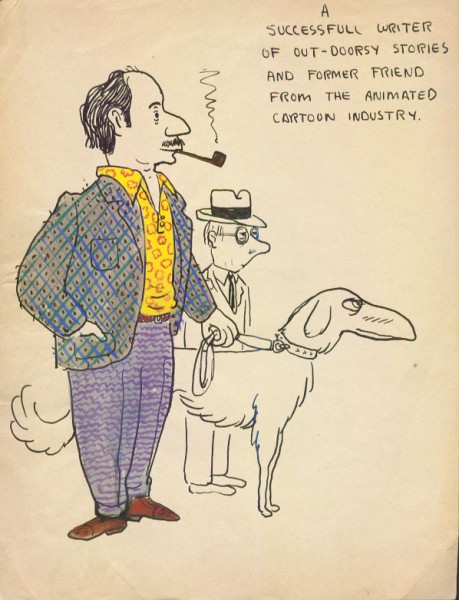
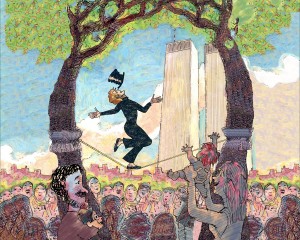
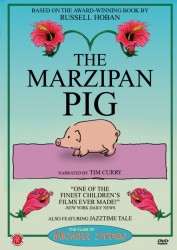


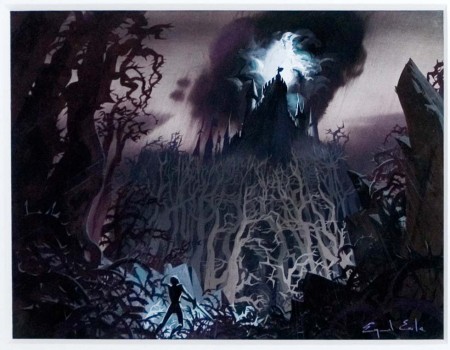
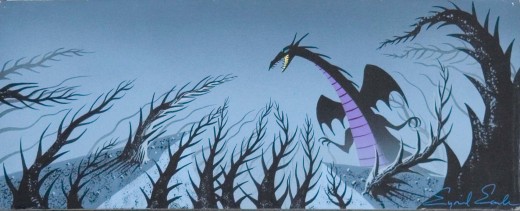
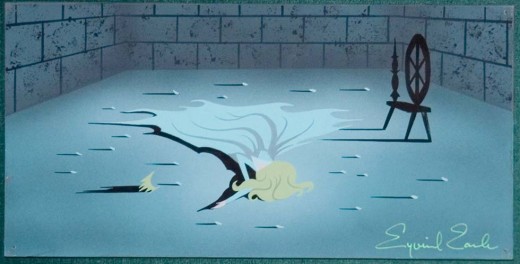
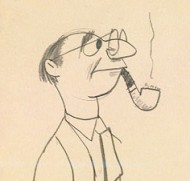
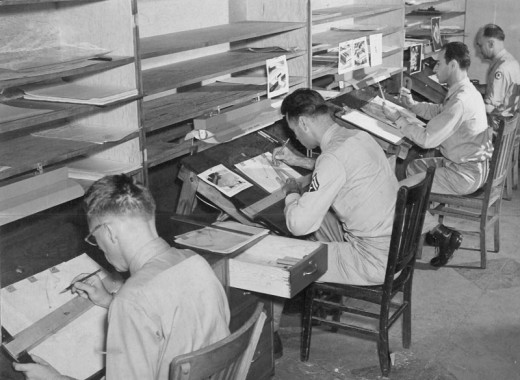
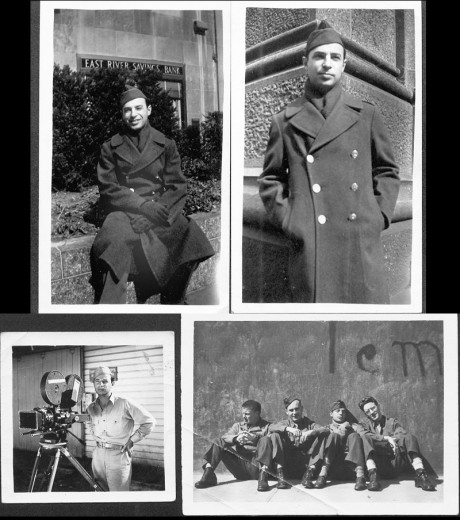

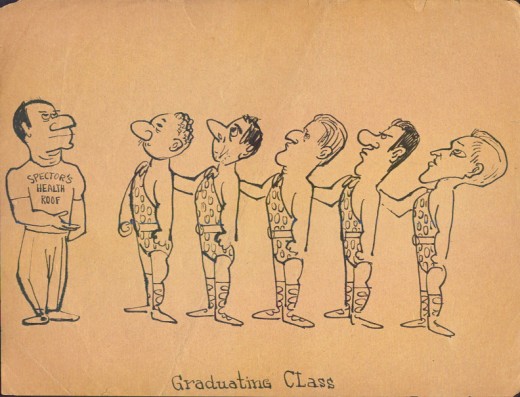
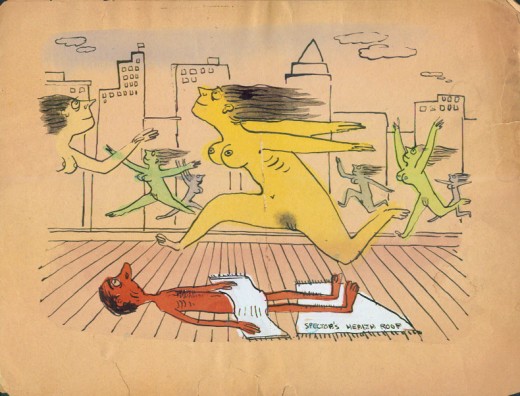
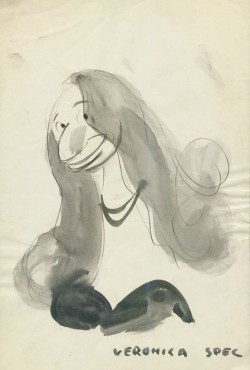
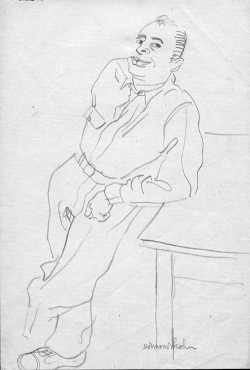
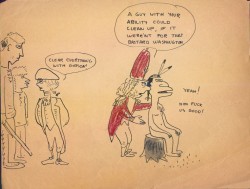
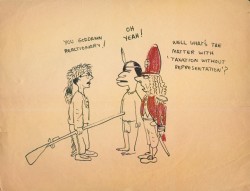
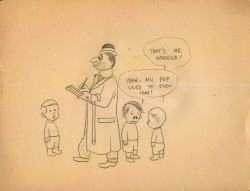
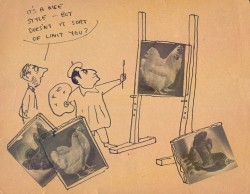
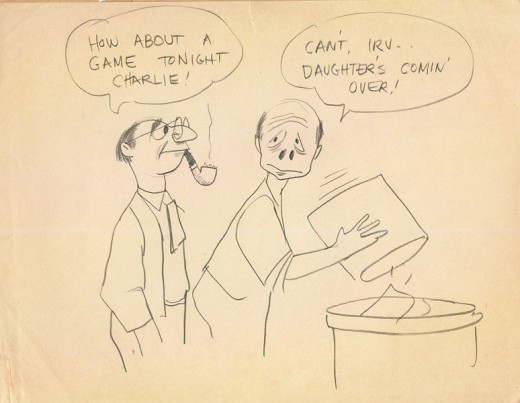
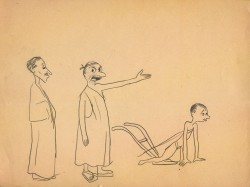
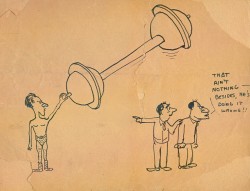
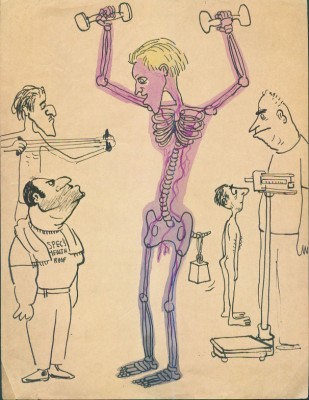
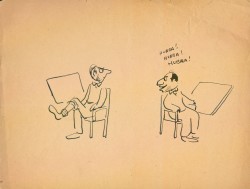
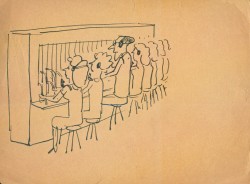
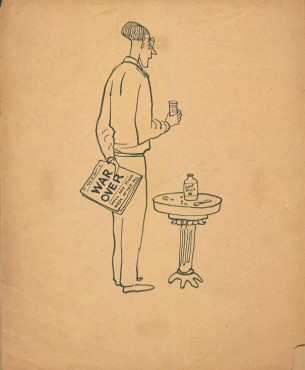
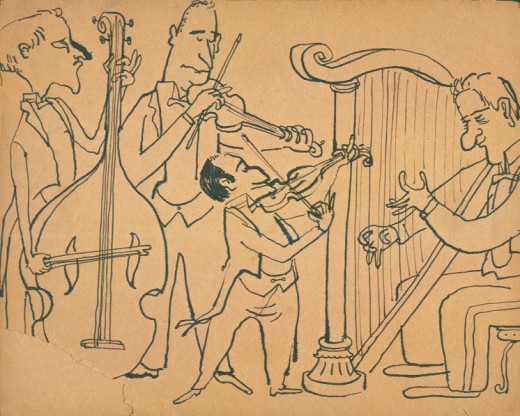
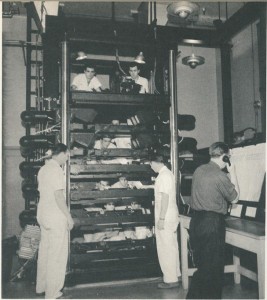
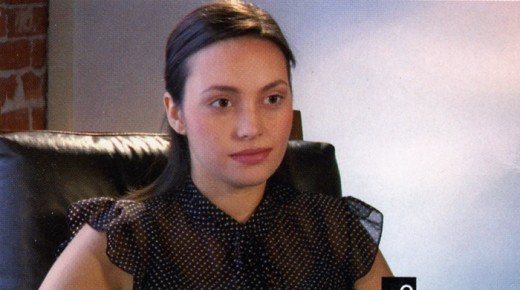
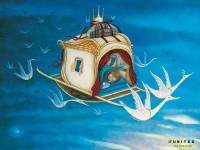
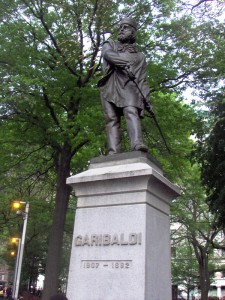
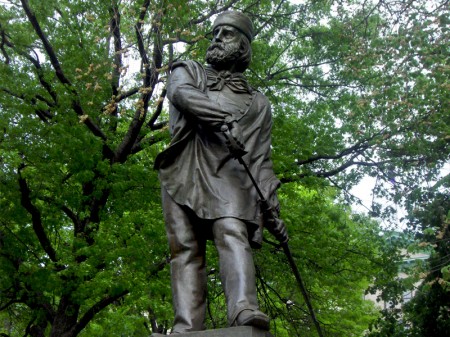
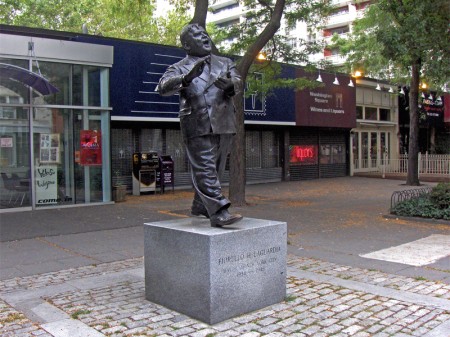
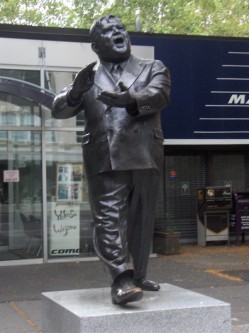

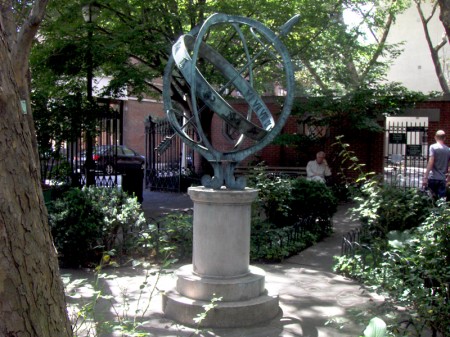
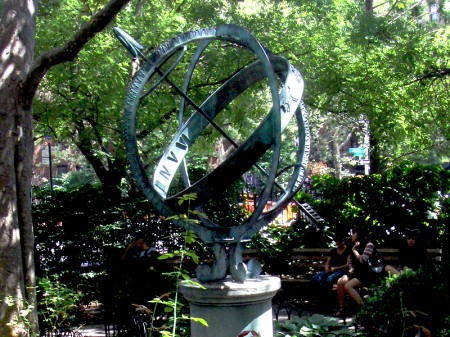
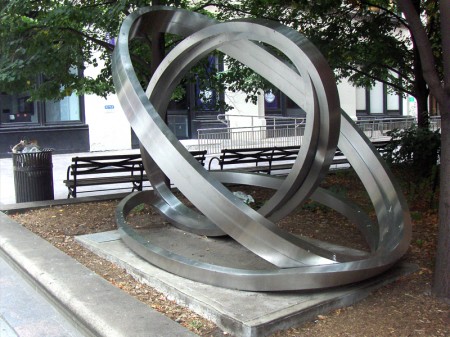
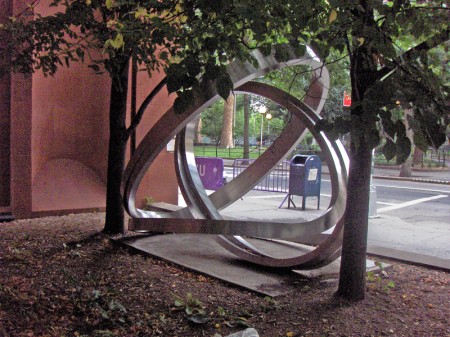
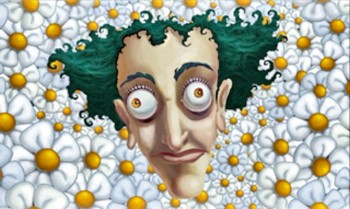
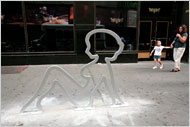 Recently, I had a
Recently, I had a 